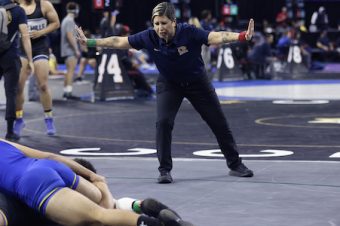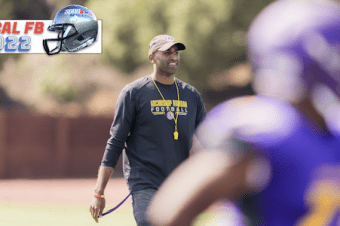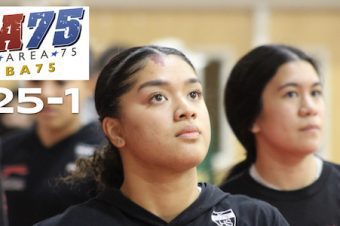

Winning At A Risk
Health & Fitness August 3, 2015 SportStars 0

We know the many positives of encouraging our children to participate in physical activities, including the:
Promotion of health and fitness
ҼӼ Reducing the risk of developing obesity and risk factors for diseases such as Type 2 Diabetes and heart disease
ҼӼ Reducing the symptoms of anxiety and depression
ҼӼ Positive effect on concentration, memory, and classroom behavior
Moreover, when kids are involved on a high school sports team they:
ҼӼ Have a significantly lower dropout rate
ҼӼ Are more socially involved in school ҼӼ Have a perceived school connectedness which is protective against health risk behaviors like emotional distress, violence and substance use
And, high schools that emphasize athletic participation and success are associated with higher scores on standardized tests and higher graduation rates.
Yet now we are reading more and more about injuries “” some life-altering “” which are occurring to our children on the playing field. Injuries are not 100 percent unavoidable; there is inherent risk in any sport. And even if we bubble wrap our kids, they could still end up with a rash due to a skin reaction from the plastic, or with heat illness from being unable to dissipate heat from the skin.
So what can we do to minimize their risk?
It would be ideal if every youth and high school practice and game were covered by a health care professional, such as an athletic trainer (AT). In collaboration with physicians, ATs provide preventative services and emergency care, assess injuries and illnesses, prepare a rehabilitation program and determine whether an athlete can return to the activity safely. More than 70 percent of certified athletic trainers hold at least a master’s degree.
Unfortunately, most programs and school districts don’t prioritize funding to provide an athletic trainer for their athletes. The NATA reports that only 55 percent of high school student athletes have access to a full-time athletic trainer and just 37 percent of public secondary schools have one athletic trainer. (The numbers are even more dismal in the state of California, which is the only state in the US that does not provide licensure or governance over ATs.) And we know that injuries don’t just happen during a sporting event, which is usually when the athletic trainer or team physician is present.
What are some other strategies that are commonly mentioned to decrease the risk of injury?
“º”º Objectively evaluate your child’s ability to safely participate in that sport, whether that means mental or physical health and readiness.
ҼӼ Ensure that the coaches are teaching the children the rules of the game, as some of these rules were implemented to protect the health and safety of the participants.
ҼӼ Playing environments should be safe and well maintained.
ҼӼ Mandatory equipment should be properly fitted and its use should be strictly enforced. How do we know that these strategies above have an impact on minimizing the risk of injuries?
Through data and research. They provide the proof that a rule change or implementation, or a new piece of equipment, can indeed decrease injuries in that particular activity. But without the proper collection of enough accurate data, researchers cannot evaluate and provide the evidence that change is needed.
Injury reporting systems are paramount to the collection of important data in the field of sports medicine. More often than not, only programs that employ ATs, such as colleges, professional teams, and well-funded high schools, are able to collect this data. This means that injuries happening to our youth and to our high school athletes are largely being ignored. An injury reporting system that can also involve the coaches and parents can fill in the gaps when an AT isn’t around to document the injury.
This fall, the sports medicine physicians and athletic trainers at the Sports Medicine Center for Young Athletes will be implementing a new injury reporting system in the high schools that they cover in the Bay Area. We are excited at the ability to gather data that we hope will result in being able to affect change.










No comments so far.
Be first to leave comment below.